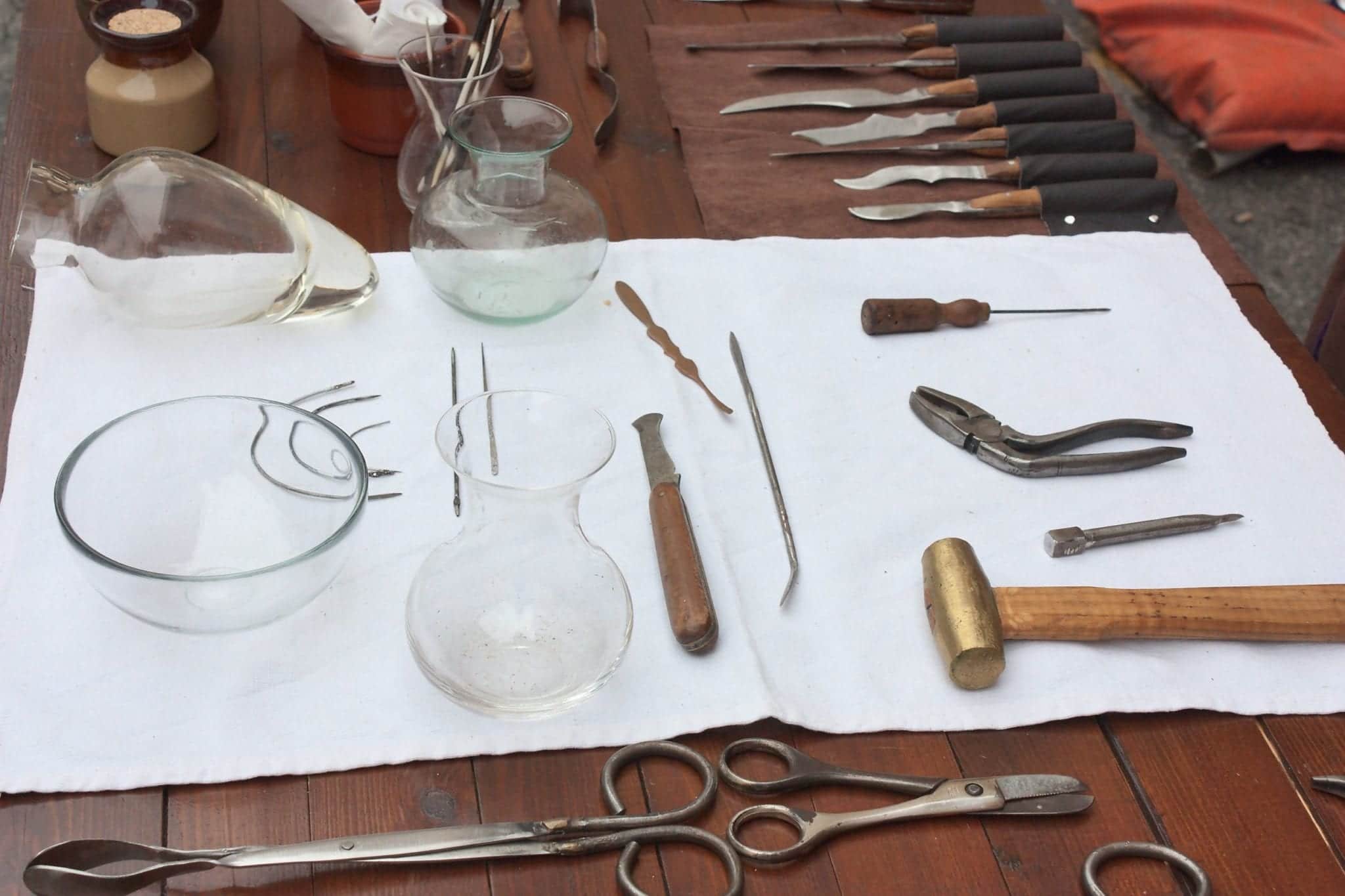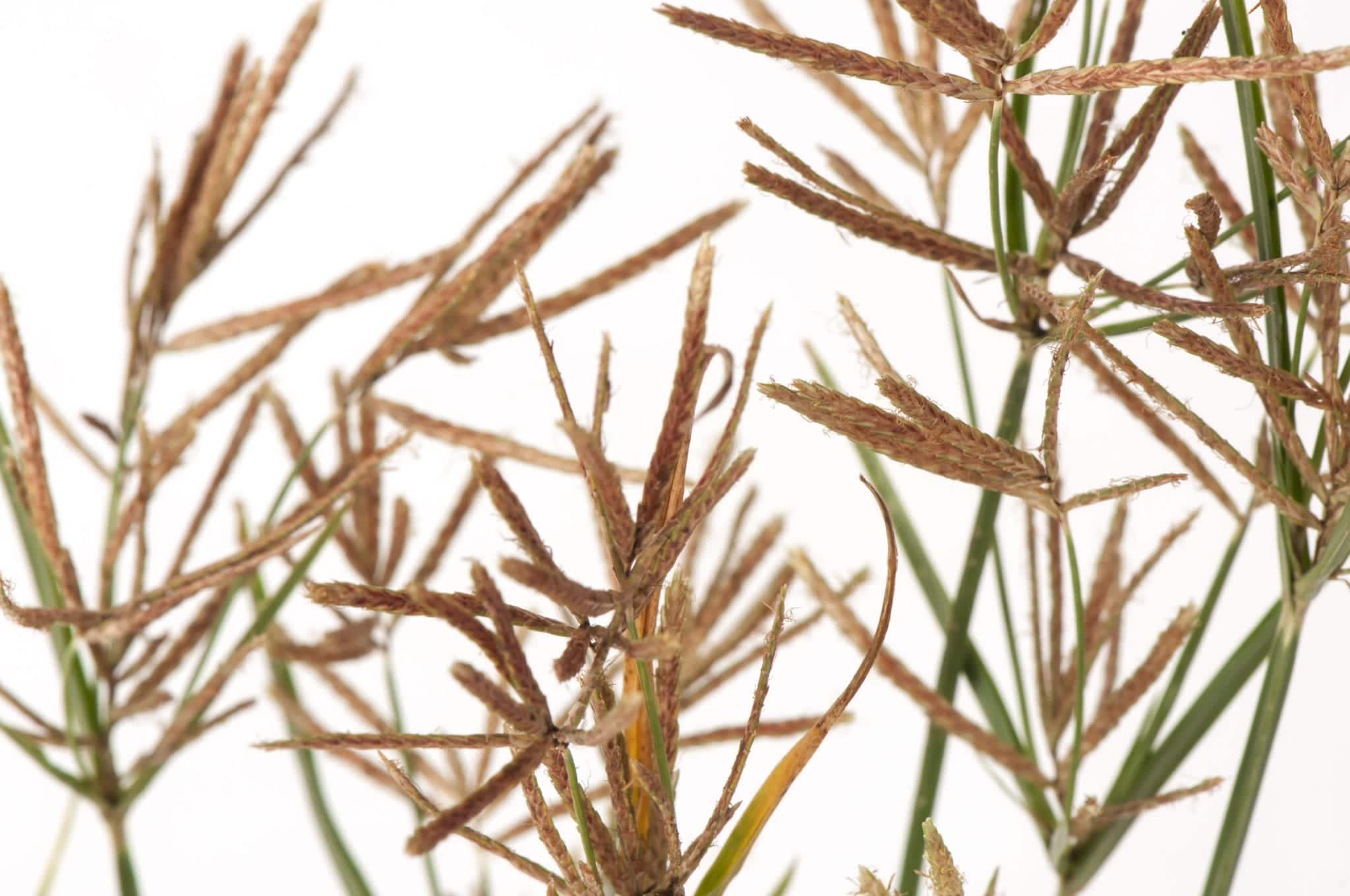
You may not know it, but you are living in the golden age of dentistry. In ancient times, all the dental tools and procedures we commonly use today were not yet available, so patients simply had to (if you’ll forgive the expression) grit their teeth and bear the pain.
Below we’re going to detail what it was like to have your teeth worked on before the advent of modern dentistry and what we’ve discovered about dental care from people who lived thousands of years ago.
The Beginnings of Dental Care
Before people began farming the land around 12,000 years ago, their diets as hunter-gatherers were primarily made up of vegetables and meat. Life wasn’t exactly easy, but one nice side effect of that was that truly ancient peoples by and large didn’t really get cavities or suffer other oral health problems.
Then carbohydrates were introduced into their diets. These new foods provided important new forms of calories and therefore energy, but they also created the perfect environment for oral bacteria growth. This led to tooth decay. Which led to the need for people to start trying to take care of their teeth.
Drilling – without anesthesia. Scientists studying human skeletons from ancient times that uncovered signs that reveal the work of rudimentary dental treatments. The oldest example of dental work is from an Italian man who died 14,000 years ago. His molars had deeply drilled holes. Researchers believe that stone tools drilled those holes – without anesthesia, of course.
Pakistani burial grounds have examples of other people who had drillings from flint-tipped tools. Scientists estimate the drilling would have been completed in one minute or less with the sharp instruments. However, with no anesthesia, the procedure must have been horribly painful.
Fillings made from what? The oldest dental filling was found from an Italian skeleton dating about 13,000 years ago. The filling is believed to have been a combination of vegetable fibers, hair, and derivatives of oil. Can you imagine having that inside your mouth?
As time went by, beeswax was sometimes used as a filling, as found in a 6,500-year-old tooth in Slovenia.
Tooth replacements. To replace missing teeth, ancient people used shells, stones, and gold that was fashioned into primitive bridges.
Extraction… and a few inches off the top? In the Middle Ages, your dentist was a jack-of-all-trades. You went to the barber-surgeon for a haircut, shave, blood-letting, amputation, or tooth extraction.
Modern-Day Dentistry Starts to Take Shape
The first dentist in America set up practice in 1760, and porcelain teeth were first patented in 1789.
The 1800s saw many improvements in dentistry. Around 1840, Horace Wells began using nitrous oxide for anesthesia. William Morton is credited as the first to use ether for anesthesia. These two men revolutionized dental treatments. A foot-treadle dental engine helped improve dental tool effectiveness in 1871. Willoughby Miller discovered how microbes cause tooth decay in 1891, which started a movement for improved oral hygiene. The X-ray was first used in dentistry in 1896.
The 20th century brought us most of our modern-day conveniences in dentistry. Novocain was discovered in 1905 by Alfred Einhorn, a German scientist.
Toothbrushes with nylon bristles were mass marketed in 1938. Prior to that, the bristles had been made from animal hair. American cities began fluoridating their water supplies in 1945, and in 1950 fluoride toothpaste was marketed to protect teeth from decay.
A fully reclining dental chair was invented in 1958. Lasers were approved for periodontal treatment in 1960, the same year electric toothbrushes were first sold.
Dental Innovations Haven’t Stopped
It goes without saying that dental treatments today are far less painful than they were in ancient times, but the industry hasn’t stopped innovating. Dental implants offer a permanent alternative to dentures. Newer filling materials are safer and more aesthetically pleasing.

This doesn’t mean we’ve completely turned our backs on the wisdom of the ancients, though. About 2,000 years ago, Sudanese people consumed the root of the purple nutsedge plant. The remains of their teeth are in surprisingly good shape even today, and scientists believe the root’s antibacterial properties may have protected their teeth from decay. Because of this, the plant is now being researched for its tooth decay-fighting capabilities to see if it’s worth using to bolster oral hygiene.
If it’s been a while since your last checkup, get in touch to set up an appointment and be thankful for the modern conveniences.






